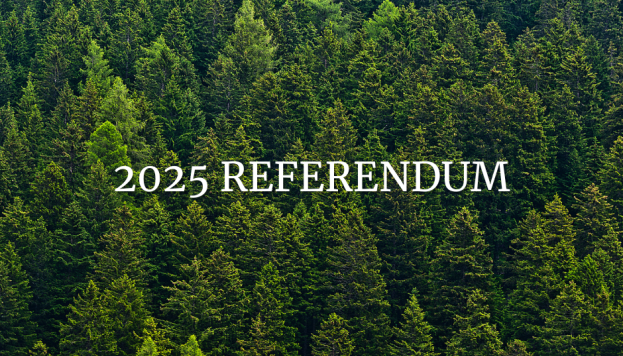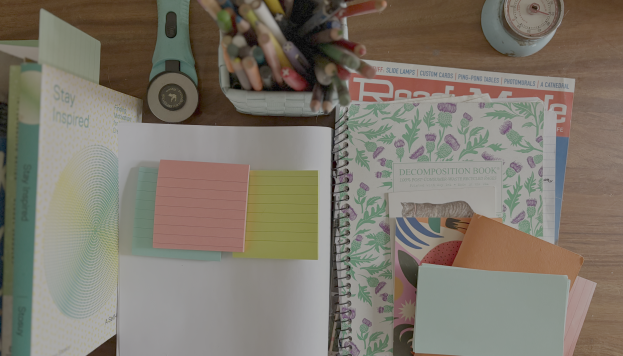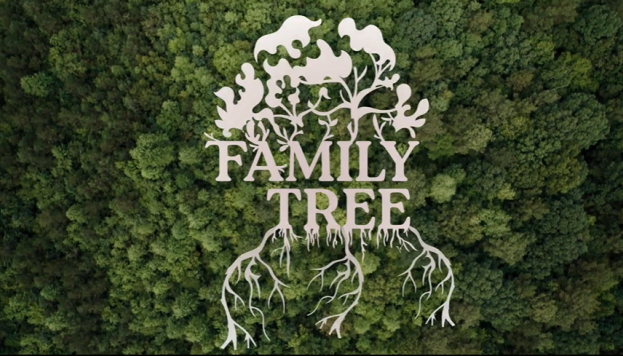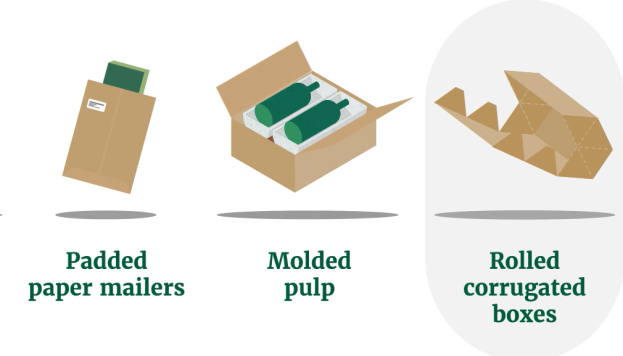Paper and packaging are the solution to one big dilemma we all face
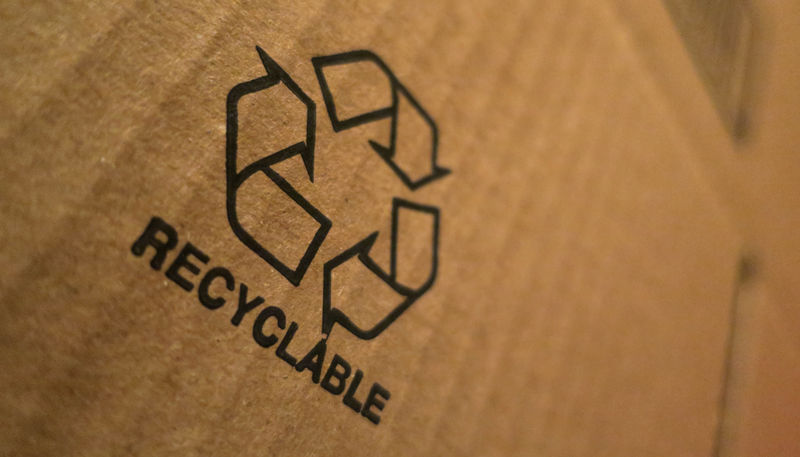
As a recent empty nester, an ad for an app that makes it easy to sell things you no longer need caught my attention. The ad started by saying something like “I come from a family of hoarders. But this app helped me understand that by selling things I don’t use, I give them a second life.”
The idea of giving things a second life is closely related to something our industry thinks about all the time: the circular economy.
We spend a lot of time making our products more circular, moving toward less waste — indeed, toward zero waste — with products that can be composted or that naturally biodegrade; or that can be recycled not just into a second life, but a third life, a fifth life, a seventh life.
The fiber in our products is strong stuff, amazing stuff that be made into everything from insulation to fabric to film to computer chips (really!). And the fact that it comes from a natural, naturally renewable and abundant resource here in the U.S. — trees — means that, unlike products made from non-renewables, its circularity isn’t just dependent on recycling. Of course, it also happens to be recycled at higher rates (as high as 90+ percent for cardboard boxes) than any other packaging material. But that circularity is complemented by the circularity of the forest, where our industry is committed to sustainable practices that result in two new trees planted for every one harvested.
So just as most of our products get a second life, our working forests get a second tree.
That’s why consumers shouldn’t think of their paper bills, direct mail or the shipping boxes that arrive on their doorstep as a piece of “clutter” to be dealt with. They should think of them as destined for another life — as part of the circular economy. Not as waste but as a tool for reducing waste.
That’s one of the big challenges for our campaign, and it’s critical that we get it right.
